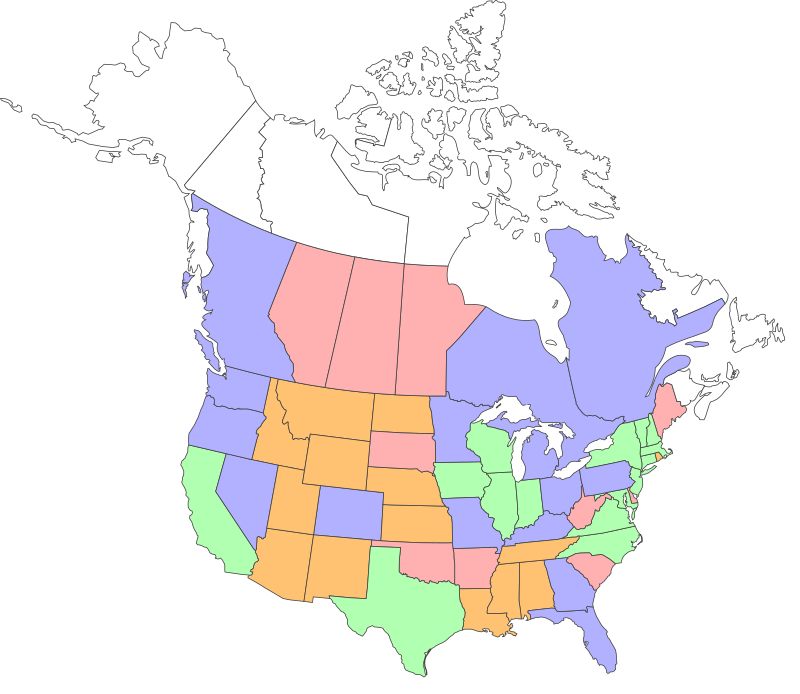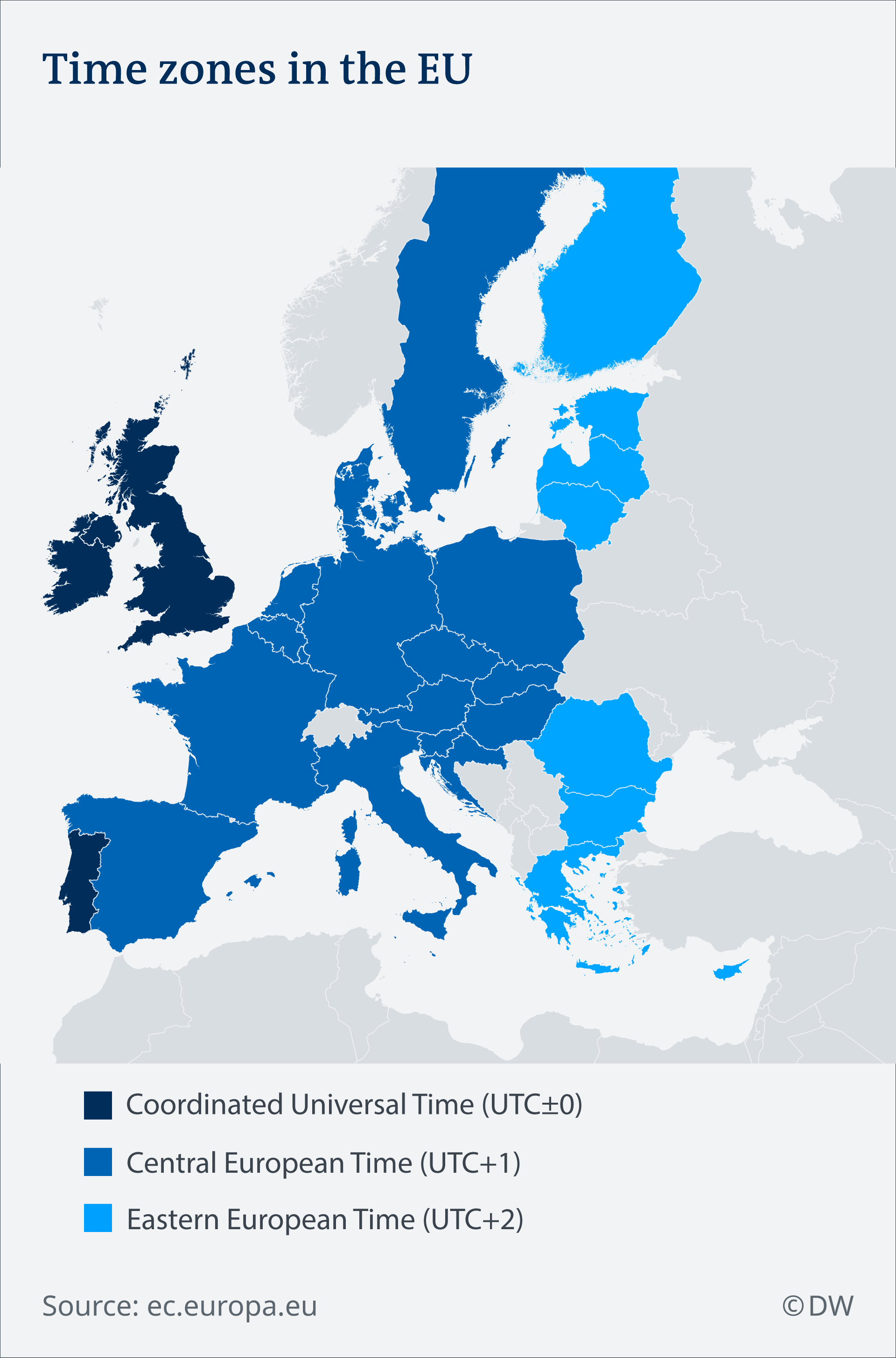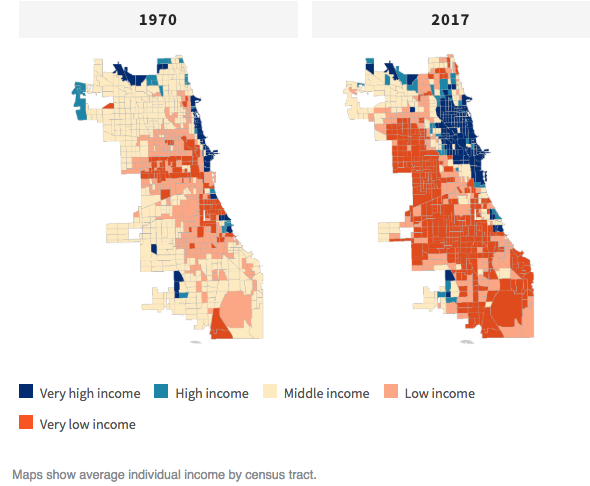The European Union Parliament today voted 410-192 to allow member states to end Daylight Saving Time in 2021:
The vote is not the last word on the issue but will form the basis of discussions with EU countries to produce a final law.
The countries have yet to take a stance.
A parliament report in favour of operating on a single time throughout the year said scientific studies link time changes to diseases of the cardiovascular or immune systems because they interrupt biological cycles, and that there were no longer any energy savings.
What this actually means requires one more EU-wide step:
All 28 member states would need to inform the European Commission of their choice ahead of the proposed switch, by April 2020. They would then coordinate with the bloc's executive so that their decisions do not disrupt the functioning of the single market.
Last year, the European Commission proposed abolishing the seasonal clock change after an EU-wide online poll showed overwhelming support. It has been accused, however, of rushing through the vote ahead of European Parliament elections in May.
More:
Countries that wanted to be permanently on summertime would adjust their clocks for the final time on the last Sunday in March 2021. Those that opt for permanent wintertime would change their clocks for the final time on the last Sunday of October 2021.
The British government has yet to offer any formal opinion on the proposal, which risks creating fresh problems over the status of Northern Ireland after Brexit.
I think we can predict, just by looking at longitude, which countries will go which direction. The UK has made noises that it will keep the twice-yearly time changes, thank you very much. My guess is that Portugal, Spain, the Baltics, and other countries at the western ends of their time zones will opt for standard time, while other countries will go to summer time. That would prevent the problems I outlined when this measure first came into the news a few weeks ago.
I forgot about this applet until I saw an old post of mine. So I updated it:

As before, red are places I've been to but not stayed overnight; amber indicates at least one overnight; blue shows multiple visits; and green means I've lived, worked, or spent more than 30 aggregate days there.
CityLab reports that my alma mater has doomed the Durham-Orange Light Rail Transit project in North Carolina:
DOLRT has consumed more than $130 million in public money. In 2011 and 2012, voters in Durham and Orange counties approved half-cent sales taxes to fund transportation improvements, including the light rail, to better connect major employers like UNC-Chapel Hill, Duke University, N.C. Central University, a VA hospital, and businesses in bustling downtown Durham. Construction of the estimated $2.7 billion project was to start next year; an application to the Federal Transit Administration was due this spring for federal funding of $1.25 billion. The state agreed to contribute $190 million.
But all this came to a screeching halt on February 27, when Duke University officials said they would not sign a cooperative agreement. (The project required 11 partners to ink cooperative agreements; only Duke, Norfolk Southern, and the North Carolina Railroad Company, which manages a major rail corridor, remain unsigned.) A week later, Duke declined a request to participate in a mediated negotiation with GoTriangle, the region’s transportation authority.
What happened?
In a letter to GoTriangle, Duke President Vincent Price and other officials cited issues with the light rail’s alignment along Erwin Road in Durham, which runs next to the university’s sprawling medical complex. Price expressed concerns that magnetic interference could hurt high-tech diagnostic and research equipment. Other issues included construction disruption that could affect a utility line, and vibrations from digging and placing the supports for an elevated track, and legal liability. In declining further talks, the Duke leaders said that the project’s route “poses significant and unacceptable risks to the safety of the nearly 1.5 million patients who receive care at our hospital and clinics each year, and the future viability of health care and research at Duke.”
That seems...unlikely. So what is Duke really complaining about? It's unclear. But that they brought this point up now and not in 2016 or even earlier seems intentional. And that's really crappy.
I'm not going to link to any of the articles published in the last few days about how no one likes changing the clocks to and from Daylight Saving Time. Suffice to say, the debate hinges on two simple questions: how early do you want the sun to set, and how late do you want it to rise, in winter?
For a concrete example, if you live in Chicago, do you want the sun to rise at 7:19 or 8:19 on January 3rd (the latest of the year)? And if the sun rises at 8:19 that morning, is that an acceptable price to pay for the sun setting at 5:20 (instead of 4:20) on December 8th (the earliest of the year)?
A switch to year-long DST would mean that the sun would rise over Lake Michigan after 7am from October 12th until March 17th—five months of morning gloom, offset by the sun never setting before 5pm.
On the western edge of US time zones, the results would be truly weird. Just across Lake Michigan from Chicago is Benton Harbor, Mich. Year-long DST would make the earliest sunset there occur at 6:14pm. But the latest sunrise would be at 9:14am, with the sun rising after 9am from December 7th through January 31st, and the sun rising after 8am from October 17th through March 14th. After 7am? August 22nd through April 19th. Yes, permanent DST would relegate places like Western Michigan, Western Nebraska, and Idaho to nine months of gloomy mornings.
Ultimately I think this is why the permanent-DST proposals will go nowhere in the US. The parts of the US most sensitive to late sunrises (farming areas) will be the ones most affected.
And hey, won't Spain be fun when permanent DST comes to Europe in two years. The sleepy town of Pontevedra, Spain, on the west coast of that country and at about the same latitude as Chicago, will enjoy sunrises at 10:04am in January should Spain go permanently to UTC+2. (But hey, the sun will never set there before 7pm, so maybe that's a good trade-off?)
Of course, this is all about psychology. The sun rises and sets on its own; only our need to agree on time causes these odd artifacts. Maybe in western Spain they'll simply start work at noon? (Or, more likely, switch to UTC+1 year-round.)
When I first heard this morning that visa-free travel to Europe would end for US citizens in 2021, I was dismayed. I remember how time-consuming it was to get a visa before the visa-waiver program started in the late 1980s. And I figured that the US would retaliate, requiring visas from Europeans, which would essentially destroy tourism between the two regions.
The reality isn't really anything like that. In fact, it merely brings the EU in line with what the US has required of visa-free travelers for years.
Starting in 2021, Americans will simply need to register with the EU equivalent of our Electronic System for Travel Authorization, or ESTA:
Currently, US citizens can travel to Europe for up to 90 days without any sort of travel authorization. ETIAS will change that.
Visa-free travelers, including US citizens, will need to request ETIAS authorization before visiting the Schengen Area. They can complete an application and pay a service fee of 7 euros (about $8) online. The authorization is valid for three years.
"Completing the online application should not take more than 10 minutes with automatic approval being given in over 95% of cases," the European Commission said in a statement.
The United States won't be the only country affected by the changes. From 2021, citizens from 60 countries will be required to apply for the ETIAS before entering the Schengen Area. Brazil, Canada, New Zealand, Singapore, Israel and Mauritius are among those countries.
So this should not affect taking a last-minute trip on the Eurostar, or crossing from Northern Ireland into the Republic. And it's fair; we've required ESTA registration from all overseas visitors for many years. I'm annoyed particularly at NPR for getting the details totally wrong in their newscast this morning.
The EU could vote this month to end Daylight Saving Time in 2021, but it turns out popular support for the measure may have been...überwiegend Deutsch:
Time is up for European Union-mandated daylight savings time. The European Commission and European Parliament have agreed on that. All the relevant committees in Parliament are for the change, according to Germany's conservative Christian Democrat (CDU) MEP Peter Liese, who has devoted a lot of time to the issue.
Now that the lead committee on transport and tourism has given its blessing, by a large majority, EU lawmakers could vote on the change by the end of March. After that, all 28 member states will need to rubberstamp the ruling.
European Commission President Jean-Claude Juncker's brash statement back in September, asserting that the amendment would go ahead quickly, has proven to be premature. At the time, Juncker was referring to an overwhelming response to an EU online survey, where an unexpected 80 percent of respondents said the practice of changing the clock twice a year was outdated.

But the survey was not representative, with 3 million of the 4.6 million votes coming from Germany. This led to diplomats from smaller EU countries complaining behind closed doors that the European Commission wanted to impose German will on the other states through sheer populism.
That's great, but some member states want to keep daylight saving time. Won't that be fun.
Wherever a landmass had several kilometers of ice on top, it deformed. Glaciers covered much of North America only 10,000 years ago. Since they retreated (incidentally forming the Great Lakes and creating just about all the topography in Northern Illinois), the Earth's crust has popped back like a waterbed.
Not quickly, however.
But in the last century, Chicago has dropped about 10 cm while areas of Canada have popped up about the same amount:
In the northern United States and Canada, areas that once were depressed under the tremendous weight of a massive ice sheet are springing back up while others are sinking. The Chicago area and parts of southern Lake Michigan, where glaciers disappeared 10,000 years ago, are sinking about 10 to 20 cm each century.
One or 2 millimeters a year might not seem like a lot, but “over a decade that’s a centimeter. Over 50 years, now, you’re talking several inches,” said Daniel Roman, chief geodesist with the National Oceanic and Atmospheric Administration. “It’s a slow process, but it’s a persistent one.”
While Chicago’s dipping is gradual, this dynamic could eventually redefine flood plains and work against household sewer pipes that slope downward to the sewer main.
The same phenomenon has affected the UK as well. Scotland is popping up and England is sinking, as are other pairs of regions similarly glaciated. (Sterling, however, has a long way to go...)
I've had a lot going on this week, including seeing an excellent production of Elektra at Lyric Opera of Chicago last night, so I haven't had time to read all of these articles:
And I shall begin reading these...soon. Maybe tomorrow. Sigh.
The University of Illinois at Chicago (UIC) has published a study of Chicago income by census tract, and has found a disturbing trend:
Chicago’s middle class, once the backbone of the city, is declining so swiftly that it’s almost gone, and a set of maps from a local university lays that reality bare.
The dynamic stands to affect nearly everything about Chicago going forward, from politics to schools to who will live here.
“It raises a lot of questions as to what kind of city it will be,” said Janet Smith, co-director of the Nathalie P. Voorhees Center for Neighborhood and Community Improvement at the University of Illinois at Chicago, which compiled the maps that document Chicago’s shrinking middle class — and an increasingly polarized city — over the past five decades.

UIC’s maps show that fully half of the city was middle income in 1970, including large swaths on every side of town. Today, just 16 percent of the city’s 797 census tracts are considered middle income. Those middle income areas are confined mostly to the corners of the city, and to thin strips between areas of wealth and poverty.
Lutton goes on to examine the economic, cultural, and other trends that are driving this change.